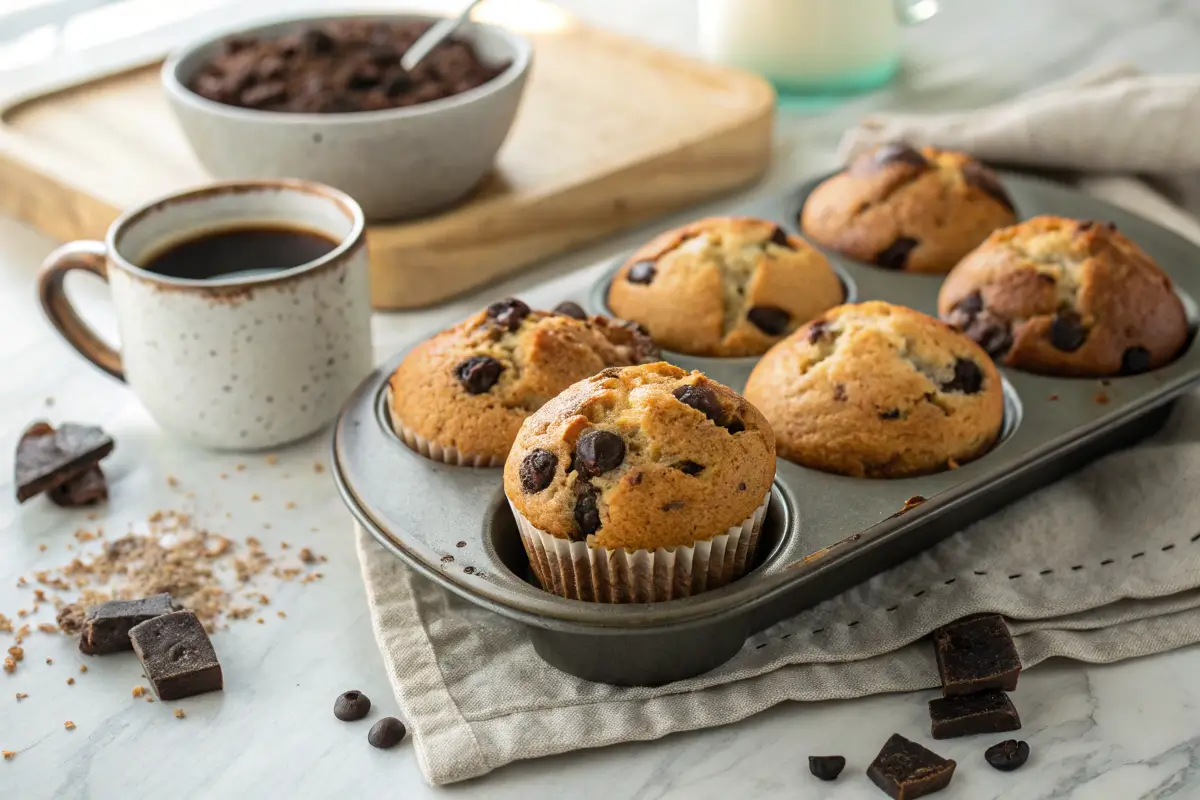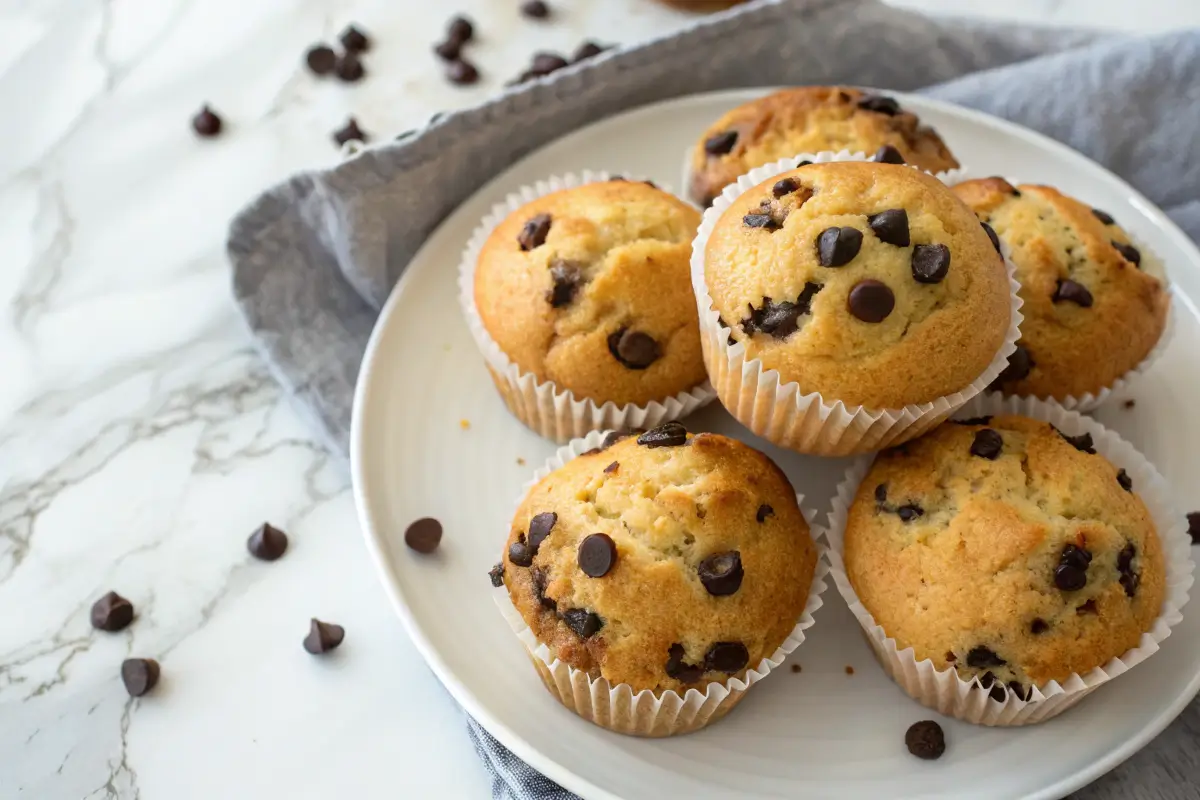Introduction

Chocolate cake is a beloved dessert, found at birthdays, celebrations, or simply as a treat to satisfy our sweet tooth. However, many people wonder how many calories are in a standard slice of chocolate cake.
Understanding the caloric content of chocolate cake can help you make informed choices about your diet,
whether you’re indulging occasionally or trying to stay within a specific calorie range.
How Many Calories Are in a Standard Slice of Chocolate Cake? The Basics Every Parent Should Understand

When it comes to chocolate cake, the calorie count can vary widely depending on the recipe and ingredients used. A standard slice of chocolate cake typically contains between 200 to 400 calories. This range is due to factors like portion size, frosting, and the type of cake (e.g., traditional, flourless, or low-fat).
It’s important for parents to understand that while chocolate cake is a fun and enjoyable treat,
its calorie content can add up quickly, especially if served in large portions or paired with extra sugary frosting.
Factors Influencing the Calorie Count of a Slice of Chocolate Cake
Chocolate cake is undeniably one of the most popular desserts worldwide,
loved for its rich, indulgent flavor and its ability to please almost any palate.
However, like most baked goods, it comes with a certain caloric price tag.
While it’s easy to assume that all chocolate cakes are the same in terms of calorie content, there are a number of factors that influence the total calories in a slice of chocolate cake.
Ingredients Used in Chocolate Cake
The most significant factor influencing the calorie count of chocolate cake is its ingredients.
The choice of ingredients can drastically change the overall caloric content of the cake, as some ingredients are much higher in calories than others.
Here’s a closer look at the primary ingredients typically found in chocolate cakes and how they contribute to the calorie count:
- Sugar: One of the biggest contributors to the calorie count in chocolate cake is sugar. A typical chocolate cake recipe calls for several cups of sugar, which can add hundreds of calories. For example, just one cup of sugar contains approximately 800 calories.
- Flour: Flour, particularly all-purpose flour, provides structure and volume to the cake, but it also adds a fair amount of calories. A cup of all-purpose flour contains around 455 calories. Using alternatives like whole wheat flour can slightly reduce the calorie content but still contributes a significant amount.
- Butter and Oil: Fats are another key factor in the calorie count. Butter and oils are often used in chocolate cake recipes to add richness and moisture. A single stick of butter (half a cup) contains about 800 calories, and oils like vegetable or coconut oil can add similar calorie counts per serving. For healthier alternatives, some recipes swap butter with applesauce or reduce the amount of fat used.
Size and Thickness of a Slice
The Relationship Between Slice Size and Caloric Intake
One of the most direct ways that the size of a chocolate cake slice impacts its calorie count is through its volume.
The larger the slice, the more calories you’ll consume, regardless of the cake’s ingredients or frosting.
Portion sizes in restaurants, bakeries, or home kitchens often vary dramatically, and understanding how these differences affect your calorie intake is key to maintaining a balanced diet.
A standard serving size for a slice of chocolate cake is generally about 1/12th of a 9-inch round cake.
This slice will typically range from 200 to 400 calories, depending on the recipe and toppings.
However, many restaurant and bakery slices are significantly larger, sometimes up to twice the size of a standard serving.
A larger slice can easily pack 500 to 700 calories or more, especially if it’s layered with thick frosting or additional toppings like chocolate chips or nuts.
How the Thickness of a Slice Affects Caloric Content
While slice size is critical, the thickness of a slice can have an equally significant effect on its calorie content. A thicker slice of chocolate cake will contain more cake (and frosting, if used), which means more calories. When cakes are sliced thin, they may appear smaller but will generally have fewer calories. Conversely, thicker slices, often cut to give a heartier portion, can quickly multiply the number of calories per serving.
This is especially true when cakes are topped with thick frosting.
Remember, the thickness is customizable. You control how much cake and frosting you serve.
How to Control the Size and Thickness of a Slice
If you’re making or serving chocolate cake at home,
there are several ways you can control the size and thickness of each slice. Here are a few simple tips:
- Use a Cake Cutter: A cake cutter or a serrated knife can help you slice the cake into even pieces. This ensures that each slice is a standard size, which makes it easier to estimate its calorie content.
- Consider Portion Control: Some people prefer smaller portions when it comes to dessert,
and it’s easy to adjust the slice size to your preference. Cutting the cake into smaller slices can allow everyone to have a taste without overindulging. - Thin vs. Thick Slices: If you want to save on calories but still enjoy a piece of cake, consider cutting thinner slices. If you’re serving cake to guests, try cutting each piece thinner, or consider offering a second smaller helping rather than a single, large portion.
- Pre-cut the Cake: Pre-cutting the cake into smaller, uniform pieces can help guests manage their portions. This also helps if you’re hosting a party or celebration and want to ensure that everyone has an equal opportunity to enjoy a piece without overdoing it.
- Mind the Frosting: While frosting is a vital part of chocolate cake’s flavor, it can also add a lot of extra calories. When cutting thicker slices, make sure the frosting is evenly distributed, and try to keep the frosting layers thinner to avoid going overboard on calories.
How Slice Size Affects the Eating Experience
Apart from the obvious nutritional and caloric concerns, the size and thickness of a slice of chocolate cake can also influence your overall experience with the dessert. Research has shown that people tend to enjoy food more when the portion is satisfying but not overwhelming. A slice of chocolate cake that’s too large can leave you feeling overly full, possibly detracting from the joy of eating. On the other hand, a slice that’s too small might leave you wanting more, which could lead to overeating later.
Calories in Large vs. Small Slices of Chocolate Cake
The calorie difference between large and small slices of chocolate cake is quite striking. A typical serving size of chocolate cake, about 1/12th of a 9-inch cake, might contain anywhere between 300 and 400 calories. However, if you’re dealing with a cake from a bakery or restaurant, the portion could be twice as large, pushing the calorie content upwards of 700 calories or more.
When you cut a chocolate cake at home, the standard guideline is to serve around 1/12th of a 9-inch round cake per person. But if you opt for a smaller portion, such as 1/16th of the cake, you can immediately reduce the calorie count by as much as 100 to 200 calories.
Chocolate cake is a beloved dessert that often graces birthdays, holidays, and casual get-togethers. Whether it’s a rich, decadent treat or a lighter version, one common question that many people ask is: how many calories are in a standard slice of chocolate cake? While the answer can vary depending on the ingredients, frosting, portion size, and preparation methods, we can estimate the average calorie count to give you a better idea of what to expect.
Factors That Affect the Calorie Count of a Slice of Chocolate Cake
The calorie count of a slice of chocolate cake can be influenced by several factors, including:
- Ingredients: The choice of ingredients, such as sugar, butter, flour, eggs, and cocoa powder, all contribute to the calorie content. For example, cakes made with butter, sugar, and rich frosting will naturally have more calories than those made with healthier substitutions like applesauce or whole wheat flour.
- Size and Thickness: The larger or thicker the slice, the higher the calorie count. While a typical serving of chocolate cake is around 1/12th of a 9-inch round cake, a thicker slice or larger portion can increase the calories considerably.
- Frosting and Toppings: Frosting is often a significant contributor to the calorie count of chocolate cake. The type of frosting, as well as the amount used, can make a big difference. Rich, buttercream frosting adds far more calories than lighter alternatives like whipped cream or a simple dusting of cocoa powder.
- Recipe Variations: Different recipes for chocolate cake can vary widely in calorie content. Cakes made with richer ingredients, such as heavy cream or full-fat butter, will have more calories than those made with lighter or lower-fat ingredients.
Traditional Chocolate Cake
Chocolate cake, in its many forms, is a timeless favorite for countless occasions—birthdays, holidays, or simply as a treat to satisfy your sweet tooth. The traditional chocolate cake, with its rich texture, tender crumb, and indulgent frosting, remains a beloved classic in kitchens across the world. Whether served with a simple dusting of powdered sugar or topped with layers of creamy buttercream frosting, the traditional chocolate cake offers a perfect balance of flavor, sweetness, and decadence.
The Origins of the Traditional Chocolate Cake
The history of chocolate cake dates back centuries, and it is deeply intertwined with the history of chocolate itself. Early forms of chocolate were used in beverages, and it wasn’t until the 18th century that chocolate began to be incorporated into baked goods. The earliest chocolate cakes were not what we know today—there was no rich, smooth cocoa powder to create a uniform texture. Instead, chocolate was used in a form similar to chocolate fondue, often mixed into batters with other flavorings.
The evolution of the chocolate cake as we know it began with the introduction of cocoa powder in the 19th century. With the invention of the Dutch process of making cocoa powder, chocolate became more refined and accessible, leading to the creation of cakes that were darker, richer, and smoother in texture. Over time, chocolate cake recipes were adapted to include various frostings and fillings, and the dessert became synonymous with celebrations and indulgence.
Key Ingredients in Traditional Chocolate Cake
The beauty of a traditional chocolate cake lies in its simplicity. The ingredients are typically pantry staples, and the cake requires minimal preparation. However, each component plays a vital role in contributing to the texture, flavor, and overall richness of the cake.
- All-Purpose Flour: The foundation of the cake, providing structure and a light crumb. Typically, all-purpose flour is used in a traditional chocolate cake, though some recipes may use cake flour for a lighter, finer texture.
- Cocoa Powder: The key ingredient that gives the cake its rich chocolate flavor. Traditional recipes often use unsweetened cocoa powder, which imparts a deep, slightly bitter taste that balances well with the sweetness of the sugar and frosting.
- Sugar: The sweetness in the cake comes primarily from granulated sugar.
The amount of sugar can be adjusted depending on how sweet you prefer the cake, but most traditional recipes call for about 1 to 1 ½ cups of sugar for a balanced flavor. - Eggs: Eggs are essential for binding the ingredients and helping the cake rise. They also contribute to the cake’s moisture and richness. Most traditional chocolate cakes call for 2 to 3 eggs.
- Butter or Oil: Butter contributes to a rich, tender texture, while oil (often vegetable oil or canola oil) makes the cake extra moist. Many traditional chocolate cake recipes use a combination of both for the best of both worlds.
- Baking Powder and Baking Soda: These leavening agents help the cake rise and give it its light, airy texture. While baking powder is used in cakes that don’t contain acidic ingredients, baking soda is often paired with cocoa powder, which is acidic, to provide lift and help neutralize some of the bitterness of the cocoa.
Traditional Chocolate Cake Frosting
Frosting Options for Chocolate Cake:
- Buttercream Frosting: A smooth, creamy frosting made from butter, powdered sugar, milk, and vanilla. Cocoa powder or melted chocolate can be added for extra chocolate flavor.
- Ganache: A rich, glossy finish made by melting chocolate with heavy cream. It can be poured for a smooth finish or whipped for a fluffier texture.
- Cream Cheese Frosting: Offers a tangy contrast to the sweetness of the cake, made from cream cheese, butter, powdered sugar, and vanilla.
- Whipped Cream: A light topping that pairs well with chocolate cake, often complemented by fresh fruit.
Traditional Chocolate Cake Recipe:
- Ingredients: All-purpose flour, cocoa powder, sugar, baking powder, baking soda, salt, eggs, milk (or buttermilk), oil (or butter), vanilla extract, and boiling water for moisture.
- Instructions:
- Preheat oven and prepare cake pans.
- Mix dry ingredients, then add wet ingredients and combine.
- Add boiling water to create a thin, moist batter.
- Bake for 30-35 minutes, then cool.
- Frost with your choice of frosting.
How Many Calories Are in a Standard Slice of Chocolate Cake? Tips for Balancing Dessert with Nutritious Meals
When it comes to desserts like chocolate cake, balance is key. As a parent, you don’t need to completely cut out sweet treats, but you should aim to balance them with nutritious meals to ensure your kids are getting the vitamins, minerals, and fiber they need. Here are some tips for making dessert fit into a healthy diet:
- Serve Dessert After a Nutritious Meal: Ensure that your kids have already eaten a balanced meal, rich in vegetables, lean proteins, and whole grains, before serving them dessert. This helps to prevent overindulgence and ensures they are filling up on nutrient-dense foods.
- Limit Dessert Frequency: Rather than serving dessert every day, reserve it for special occasions or a couple of times a week. This helps prevent the habit of eating high-calorie treats too often, which can contribute to weight gain.
- Practice Portion Control: As mentioned earlier, controlling the portion size of chocolate cake is key. Instead of giving your kids an entire slice, serve them a smaller portion and pair it with fruit or a side of yogurt for added nutrition.
- Encourage Active Play After Dessert: Physical activity is important for burning off the calories consumed during dessert. Encourage your kids to play outside, take a walk, or engage in other fun activities after enjoying their sweet treat.
Low-Calorie and Healthier Variations of Chocolate Cake
Healthier Chocolate Cake Variations
You can enjoy a lighter version of chocolate cake by making ingredient substitutions that reduce calorie content while maintaining the rich flavor. These modifications can cater to different dietary preferences, such as reducing sugar, lowering fat, or making the cake gluten-free or dairy-free.
1. Reducing Calories by Substituting Ingredients:
- Sugar Substitutes: Replace traditional sugar with low-calorie options like:
- Stevia: Zero-calorie, much sweeter than sugar.
- Monk Fruit Sweetener: Zero-calorie, can replace sugar in equal amounts.
- Erythritol: A calorie-free sugar alcohol that doesn’t affect blood sugar.
- Applesauce: Unsweetened applesauce provides moisture and sweetness with fewer calories.
- Butter Substitutes: To reduce fat and calories:
- Greek Yogurt: Lower in fat, high in protein, adds moisture.
- Applesauce: Reduces both fat and calories, works in moist cakes.
- Coconut Oil: Contains healthier fats but still has calories.
- Flour Substitutes: Use healthier flours to reduce calories and carbs:
- Almond Flour: Lower in carbs, gluten-free, higher in protein and healthy fats.
- Coconut Flour: Gluten-free, high in fiber, more absorbent (may require adjustments to the recipe).
- Whole Wheat Flour: More fiber, reduces refined carbs, but not as low-calorie as other options.
2. Reducing Fat Content:
- Use Less Oil: Reduce the amount of oil or fat in the recipe without sacrificing texture or flavor.
These substitutions can help make a chocolate cake healthier by lowering its calorie, sugar, and fat content, while maintaining its indulgent taste and texture.
How Different Brands and Recipes Affect the Caloric Content
Factors Affecting the Caloric Content of Chocolate Cake:
1. Store-Bought Chocolate Cakes:
- Pre-Packaged Cakes: These cakes often have high calorie counts due to sugary frostings and refined ingredients. For example:
- Hostess Chocolate Cupcakes: 200-250 calories per cupcake.
- Little Debbie Cosmic Brownies: 250-300 calories per brownie.
- Entenmann’s Chocolate Cake: 250-400 calories per slice, depending on size and frosting.
- Supermarket Bakery Cakes: Freshly made but still calorie-dense, mainly due to rich frosting and large portions:
- Walmart’s Chocolate Sheet Cake: 350-500 calories per slice.
- Costco’s Chocolate Cake: 700-900 calories per slice due to large size and thick frosting.
- Whole Foods Chocolate Cake: 400-500 calories per slice, even with natural ingredients.
2. Homemade Chocolate Cake Recipes:
- Homemade cakes offer more control over the ingredients, making it easier to adjust calories. Some key adjustments include:
- Sugar Substitutes: Using alternatives like stevia, monk fruit, or erythritol can reduce calories (stevia and erythritol have zero calories).
- Ingredient Flexibility: The ability to swap ingredients (like using Greek yogurt instead of butter) allows for healthier, lower-calorie options.
By choosing healthier ingredients and adjusting portion sizes, you can make chocolate cake with fewer calories without sacrificing flavor.
Conclusion
The calorie content of a slice of chocolate cake depends on several factors, including portion size, ingredients, and frosting choices. A typical slice of chocolate cake (1/12th of an 8-inch cake) with frosting ranges from 200 to 400 calories. Key factors influencing the calorie count include:
- Ingredients: High-calorie ingredients like butter, sugar, and heavy cream increase the cake’s calorie content. Lighter substitutions, such as applesauce, low-fat yogurt, or egg whites, reduce the calorie count. The type of chocolate used also affects the overall calories.
- Frosting: Frosting is a major contributor to the calorie count. Traditional buttercream frosting can add 100-200 calories per serving. Alternatives like whipped cream or cream cheese frosting may lower the calorie content, but still contribute significantly.
- Portion Control: Managing slice size is an effective way to control calorie intake. Smaller portions will help prevent overconsumption of calories.
- Lower-Calorie Options: Healthier substitutes, like using stevia instead of sugar or whole wheat flour instead of all-purpose flour, can help reduce the calorie count. There are also low-calorie cake mixes available.
- Healthier Alternatives: Incorporating ingredients like fiber-rich whole grains, healthy fats (e.g., avocado or coconut oil), and low-sugar alternatives can make the cake more nutritious and lower in calories.







3 thoughts on “How many calories in chocolate cake?”
Comments are closed.